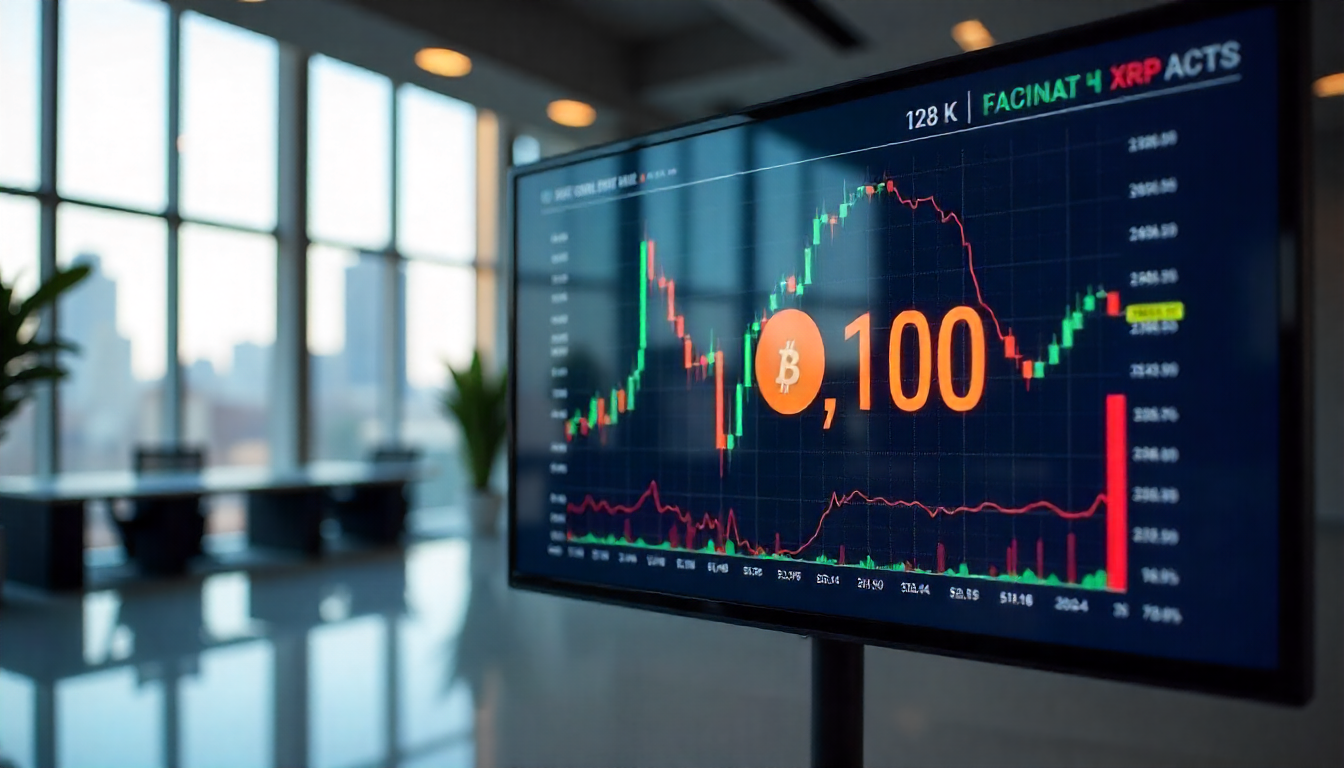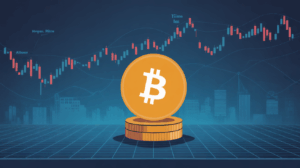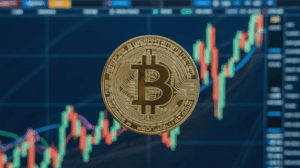XRP’s 12% Spike Sparks Broader Altcoin Upswing Including Ether, Dogecoin
Altcoins Surge as Risk-On Sentiment Lifts Global Markets; Bitcoin Stalls in Tight Range
Cryptocurrencies, equities, and gold climbed Friday as risk appetite returned to global markets, buoyed by signs of improving U.S.–Japan trade relations. Meanwhile, oil prices declined sharply, headed for their worst weekly loss since June.
Japan’s Nikkei 225 surged 2.3% after chief trade negotiator Hiroshi Suzuki announced that the U.S. agreed to eliminate universal stacking tariffs and reduce levies on automobiles. The broader MSCI Asia Pacific Index rose 0.5%, marking its fifth consecutive daily gain.
Crypto Market Rallies Behind Altcoins
The total crypto market cap rose 3% to $3.76 trillion in the past 24 hours, driven largely by altcoin momentum. Ethereum (ETH) climbed 7.3% to $3,935, XRP jumped 12% to $3.36, Solana (SOL) advanced 4.7% to $175.19, and Dogecoin (DOGE) rallied 8.8% to $0.22. Bitcoin (BTC), in contrast, posted a modest 1.9% gain to $116,781, with daily trading volume of $38.8 billion.
Analysts Caution on BTC Range-Bound Behavior
Despite the broader rally, Bitcoin continues to trade within a confined range. FxPro chief market analyst Alex Kuptsikevich noted the rebound reflects “growing appetite in the stock markets,” but emphasized that BTC remains “trapped” between $112,000 support and $120,000 resistance—a zone marked by the 50-day moving average and July highs.
On-Chain Signals and Options Activity Point to Caution
Glassnode data indicates cooling sentiment in the Bitcoin market. Spot ETF inflows have declined nearly 25%, and both transaction volume and fees are falling. Traders are also increasingly hedging downside risk: options positioning shows heightened protection below the $100,000 level, hinting at expectations of further consolidation or weakness into late August.
Commodities Diverge: Gold Rises, Oil Slumps
Gold continued its steady climb, while oil came under renewed pressure. Brent and WTI crude futures are poised for a weekly loss exceeding 4%, driven by rising U.S. inventories and weak Chinese import data, according to Bloomberg.
Share this content:













